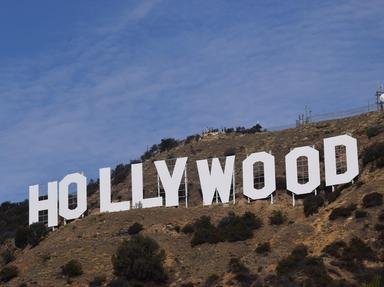Quiz Answer Key and Fun Facts
1. Which director began his film career in England as a Title Card Painter and went on to appear in most of the films he directed?
2. Which director's first feature film was "THX 1138"?
3. Which director was a writer for "The Tonight Show" before directing his first film in 1966?
4. Who was the first African American director be nominated for an Academy Award for Best Director?
5. Which director studied to be a Catholic priest before entering the film business?
6. Which director assisted the Boy Scouts of America in developing a merit badge in cinematography?
7. Which director directed over 350 films between 1922 and 1966, including "Oh, What a Night" (1944), "Swingin' on a Rainbow" (1945) and "Ten Who Dared" (1960)?
8. Which silent film actor and director contributed to Charlie Chaplin's "Tramp" character by providing Chaplin with his baggy pants, boots and hat?
9. Which director, who directed such Westerns as "The Searchers" (1956), was named Sean Aloysius O'Feeney at birth?
10. Who was the first director to take a percentage of the the net revenue instead of a salary?
Source: Author
shanteyman
This quiz was reviewed by FunTrivia editor
Nannanut before going online.
Any errors found in FunTrivia content are routinely corrected through our feedback system.


